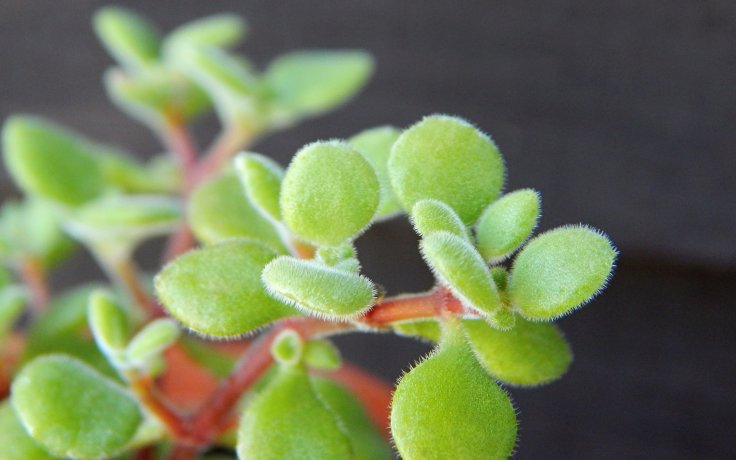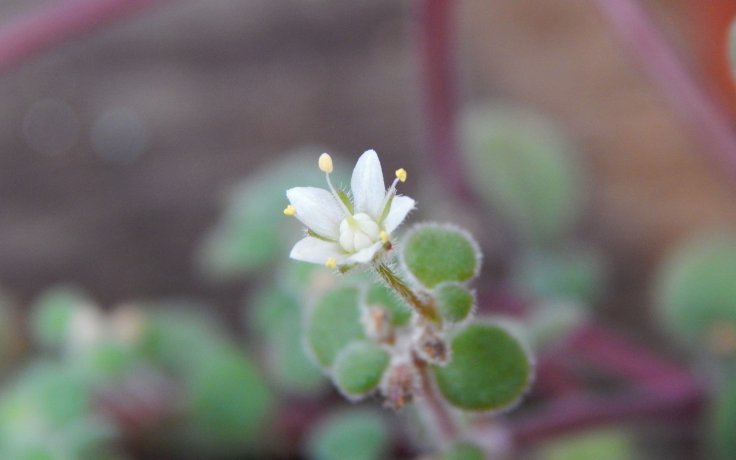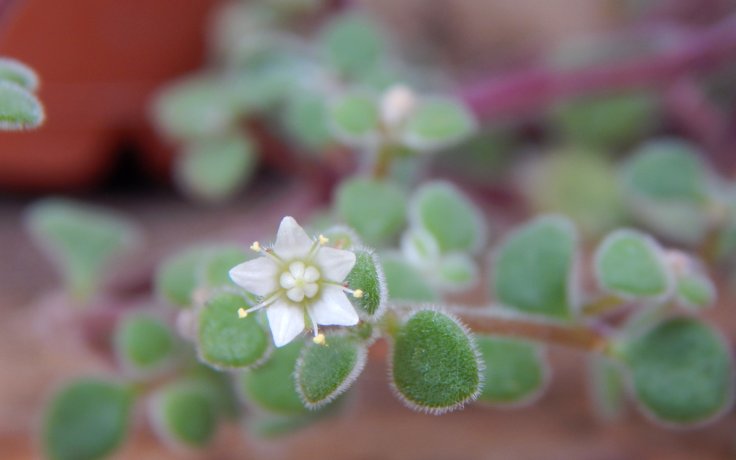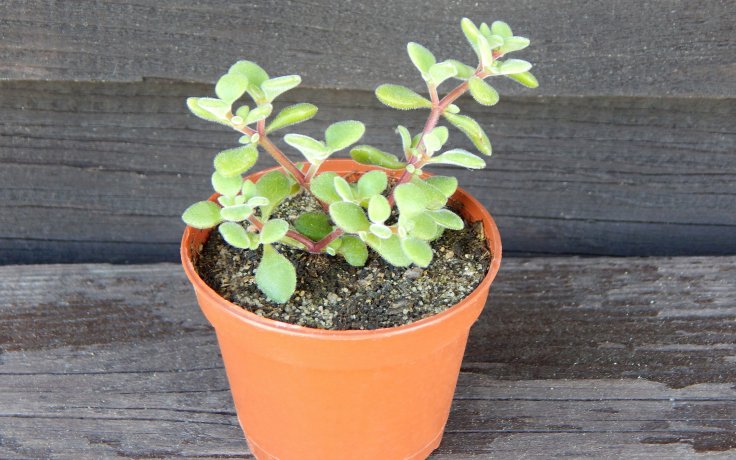- Home
- Succulents
- Crassula
- Crassula expanza subsp. fragilis





Crassula expanza subsp. fragilis
Place ideally in full sun or partial shade.
Always water a few days after the substrate has dried out. Reduce watering in winter.
It can tolerate -3.9 °C in the short term. However, the plant is not hardy.
The name "fragilis" means fragile. It may look like it, but it is actually not very fragile.
Crassula expanza var. fragilis, also known by many synonyms, such as Crassula fragilis, Crassula browniana, Crassula thorncroftii, Crassula woodii and Crassula zimmermannii, is a succulent plant found in Swaziland, South Africa, tropical Africa as far north as Tanzania and Madagascar. According to this diversity of localities, its subspecies are also distinguished, giving it the name 'expansa'. Despite its other name, 'fragilis', which means fragile or brittle in English, this plant is not as susceptible to damage as it might seem at first sight.
Its green leaves are small, fleshy and flattened into a disc, sometimes slightly elliptical or obovate. The surface of the leaves and stem may be decorated with fine whitish hairs, giving the plant a delicate and elegant appearance. The stem is thin and branched, with a red wine or maroon colour. The plant is low growing, up to 25 cm tall, with a branching spread of up to 50 cm.
In the winter months, it wraps itself in a magnificent inflorescence. Tiny white star-shaped flowers appear in profusion, giving the plant a delicate and romantic appearance.
During the Czech summer the plant stops growing and goes into partial dormancy. It can also be grown in hanging containers where it stands out nicely. Thanks to its charming appearance, rich winter inflorescence and easy care, this plant is popular with many succulent enthusiasts.